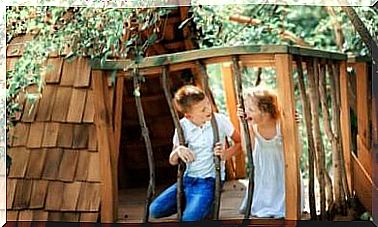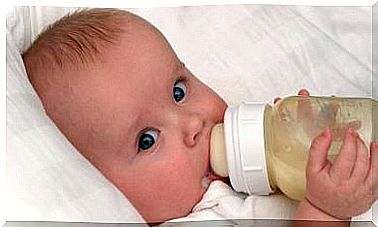How To Recognize When A Child Is Sad
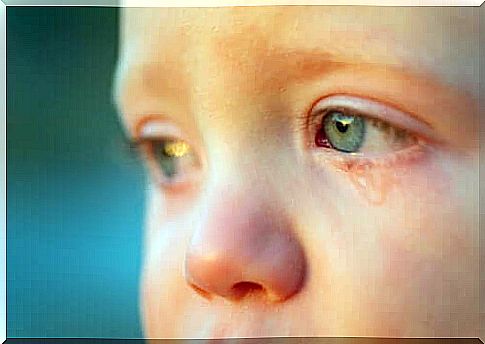
Knowing how to recognize when a child is sad rather than angry or in a bad mood is very important for parents and educators, as the reasons that give rise to each mood are very different. And in the case of sadness, it’s a more complicated state of mind to manage.
Thus, to help a child to overcome a moment of sadness, it is necessary, first, to recognize that he is sad. For this, initially, it is necessary to identify some symptoms of sadness, and then try to discover and understand what are the causes that originated it.
Sadness, a basic emotion
Like fear, anger, disgust, happiness and surprise, sadness is, according to Paul Ekman, one of the six basic emotions. And, from a psychological point of view, sadness has an adaptive function : it is a type of emotional reaction that serves to ward off painful situations.
Sadness helps to heal the wounds and pain caused by very adverse situations and very important losses. But it can also invade a person’s life when they fail to live up to their expectations and feel disappointed. Or when many of life’s situations are more difficult or complicated than they are happy and pleasant.
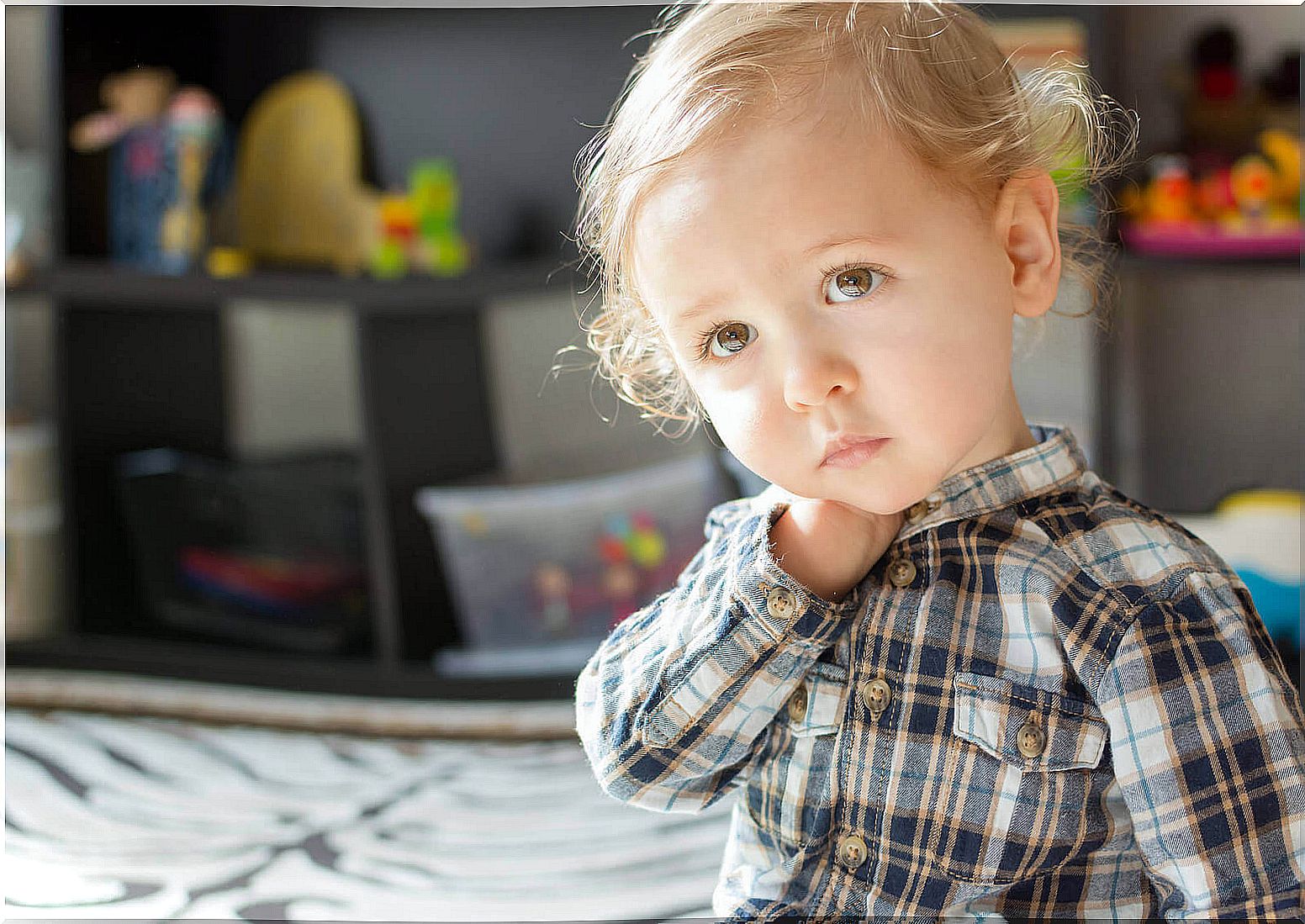
In this sense, it is necessary to emphasize that sadness and its management are manifested in different ways and depend on the maturation stage, personality and character of each person, as well as their trajectory and life experience.
Reasons and symptoms of sadness
As for the reasons, as mentioned above, in the case of adults there is a relationship with losses, separations and complex and painful situations. And, in the case of children, the reasons for sadness can also be the loss of a loved one. But, in addition, a child may be sad because of other circumstances or events of his own age.
Moving to another city or changing schools and being away from regular friends can be a source of sadness for a child. Or when they lose a pet or don’t see a loved one for a long time, as happens in some divorces or parental separations. A child may even feel sad about moving rooms and being separated from his sister or brother.
Regarding the symptoms of sadness, the most common are crying, weakness and apathy. However, there are many others, such as lack or increase in appetite, decreased or lack of concentration, discouragement and the need to sleep a lot. Or, on the contrary, sometimes sadness can manifest itself with insomnia and even through episodes of anxiety.
How to recognize when a child is sad?
Symptoms of sadness in children are similar to those in adults. However, for children, because of their maturational evolution, they find it more difficult to recognize that they are sad. And even more difficult to be able to identify the causes or reasons that led to this sadness.
Symptoms of sadness in children
Parents should be able to recognize when a child is sad by looking at issues such as:
- Sudden changes in their behavior or attitudes that, moreover, are prolonged or lasting over time.
- When a child cries throughout the day and sometimes for no apparent reason.
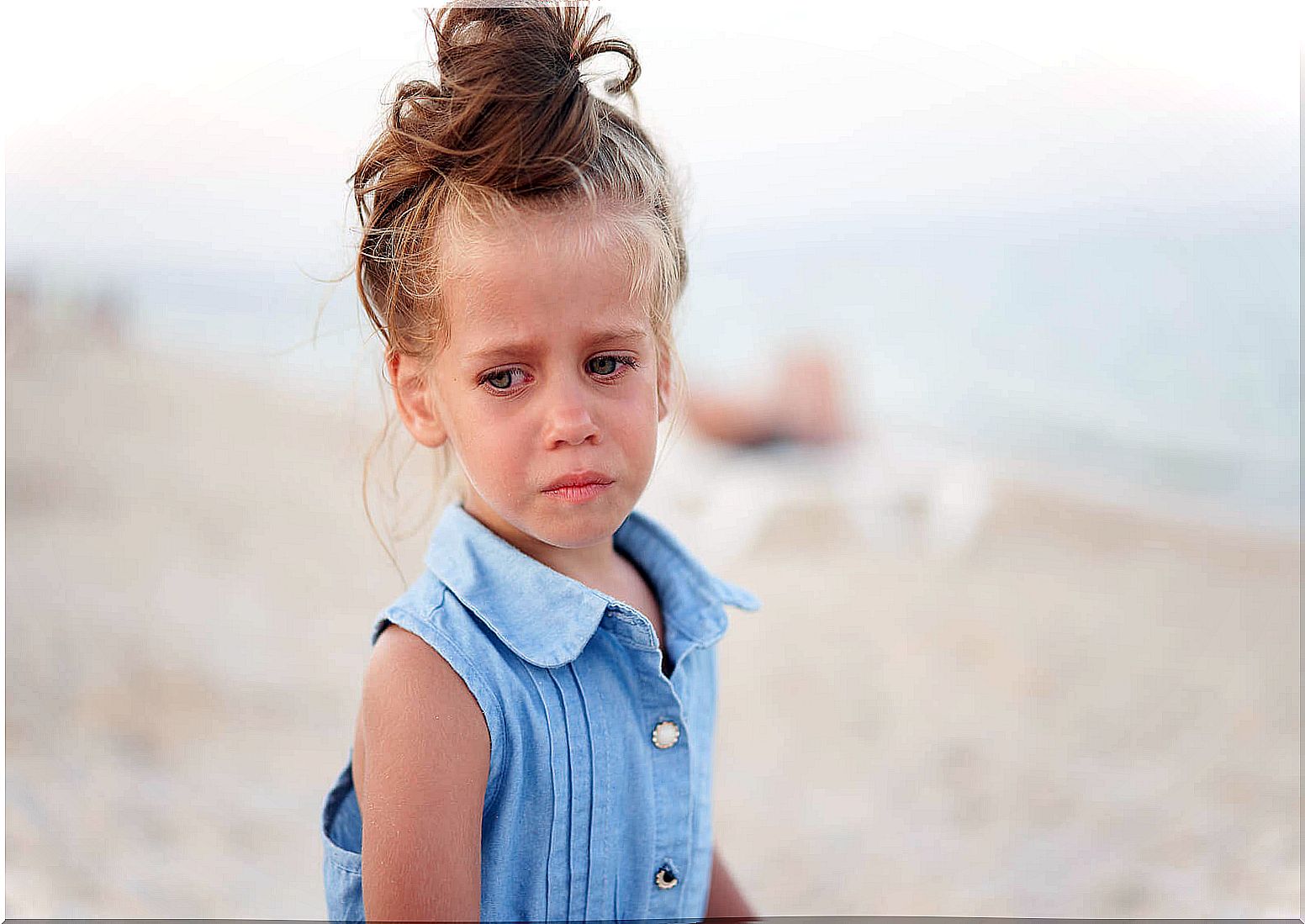
- When a child eats more and with relative anxiety. Or when you eat less, even when it comes to your favorite foods or meals.
- When your sleep cycles change a lot in a short time. If she’s been sleeping for more or less hours, or if she wakes up a lot during the night.
- When a child is more isolated, both from family and usual friends.
- If noticed that her mind is scattered, that she is elsewhere and not focused on what she is doing and therefore has difficulty concentrating and doing her usual schoolwork.
- The child speaks and communicates little. Both at home and at school.
- She is bored, apathetic and with little desire and energy to do things, both for games and for activities and people with which she has always been motivated and enthusiastic.
- Sometimes the child acts aggressively or becomes easily irritated, responding with sudden gestures such as pushing or pulling, or raising his voice.
Understanding to recognize when a child is sad so you can help them be happy
Sadness is different from tantrums and even depression. Unlike sadness, tantrums are transient and respond to more trivial reasons. Meanwhile, depression is a mood disorder, an even more complex situation than a moment of sadness.
Therefore, to the extent that adults can recognize when a child is sad, they will find it easier to help them deal with that sadness. Thus, through listening, affection and hugging, parents can become the best antidote, made up of the ingredient of joy, to neutralize their children’s sadness.
